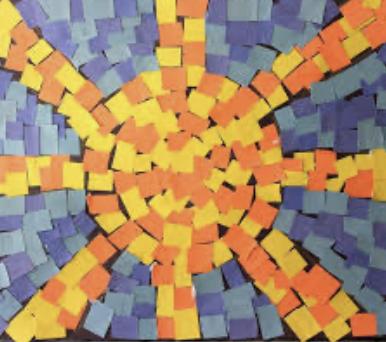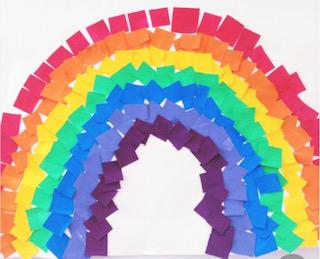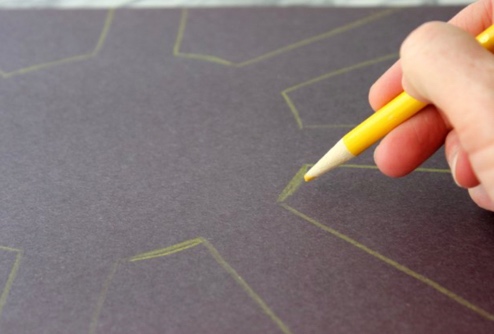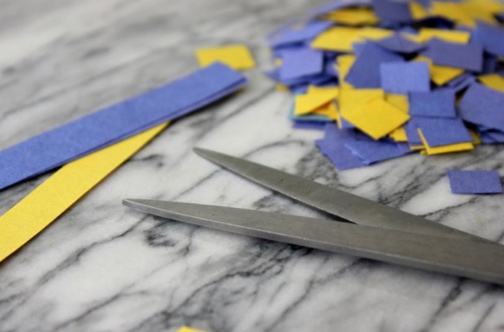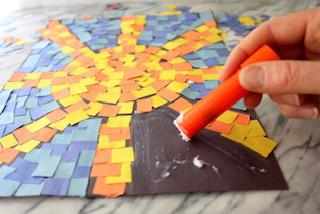
Mount Carmel at Home - 05/05/2020
Posted 2020-05-05 00:29:23Welcome to Mount Carmel at Home. These sessions will enable parents to carry out fun and educational home learning activities with their children. We recommend establishing a routine and setting aside a time in day for home learning. It is preferable to do these activities in the morning when children are more alert than towards the end of the day when they can be tired and less cooperative.
Share your child's learning with us by uploading photos and videos to their Learning Journey on Famly, by uploading on Instagram and adding the hashtag #MountCarmelatHome or posting on our Facebook page. Your child's teachers will love to see what you have been up to!
Click here to download today's activity sheet and resources.
The sound of the week is "U" - https://youtu.be/U2HYM9VXz9k?t=275
Theme: St Albans
Today’s activities for preschool children
Activity 1 - Taller and shorter
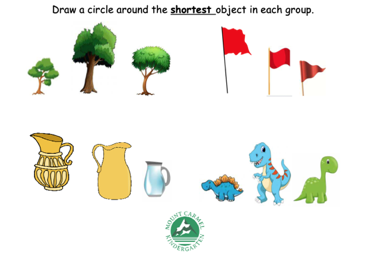
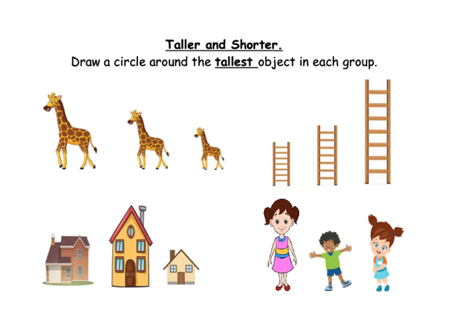
What you’ll need | The ‘Taller and shorter’ activity sheet, a pen or pencil. |
Method | Show the sheet to your child and explain that you are going to look for the tallest item in each set. Ask them if they know what tallest means and see if they can explain this to you. Praise their efforts to describe and if need be re model this back to them. Now ask your child to find the tallest giraffe and draw a circle around it. Continue until they have completed them all, and then move onto finding the shortest. Perhaps you could challenge your child to find something that is taller and shorter than them? |
What did we learn? | Mathematics: Shape, space and measures – Orders two or three items by length or height. Physical development: Moving and handling – Holds pencil between thumb and 2 fingers, no longer using whole-hand grasp. |
Activity 2 - St Albans lotto game
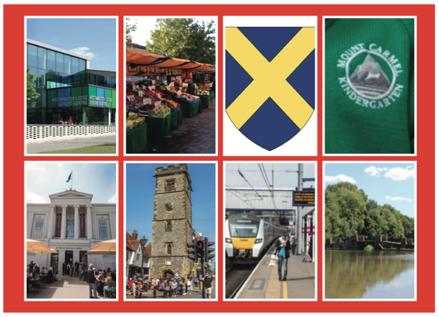
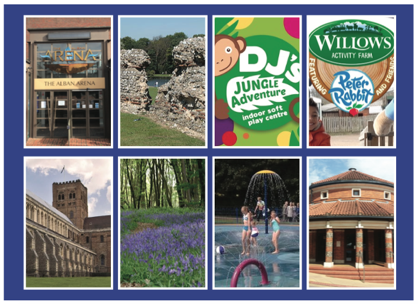
What you’ll need |
|
Method | Firstly print the St Albans lotto game sheet twice. Cut out the individual blue and red boards from one sheet and then cut out each picture from the other sheet. You may want to stick the sheets on a cereal box before cutting to make it sturdier while playing and so you can't see through the paper. Explain to your child that all of the pictures are related to St Albans. Look at each one and ask your child if they know what it is or if they recognise it. If they don't maybe it could be something you could try to find or somewhere you could visit when lockdown is over? You and your child have a board each. Place all of the cards in front of you face down. One person chooses a card and turns it over. If they have that picture, they place it on the same picture on their board and can have another go. If that person doesn't have that picture they need to turn it back over and put it back in front of them and then the other person can have a go. Encourage your child to keep watching as the other person may turn over a card which is on their board and see if they can remember where it is when it's their turn. The first person to fill their board is the winner. If more people want to play, print off more boards and cut out the pictures for the corresponding boards being used |
What did we learn? | Communication and language (CL) We are learning to build up our vocabulary that reflects the breadth of our experiences and we are learning to respond to instructions involving a two-part sequence. Personal, social and emotional development (PSED) We are beginning to accept the needs of others and can take turns. Literacy (L) We recognise familiar words and signs such as own name and advertising logos. |
Activity 3 - Roman mosaics
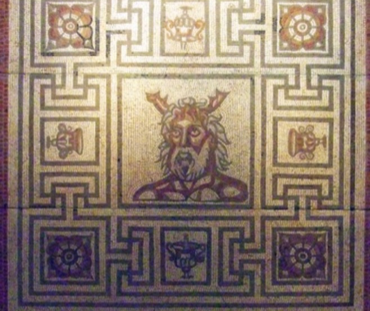
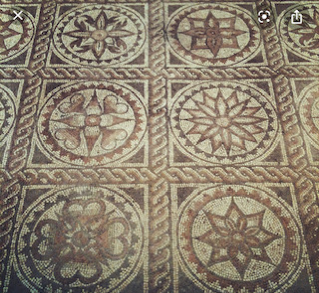
What you’ll need |
|
Method | Explain to your child that St Albans was first built by the Romans more than 2,000 years ago! Although St Albans looks completely different now to when the Romans lived here, we can still see some things that were built by the Romans. There are remains of a big stone wall the Romans built to keep them safe from their enemies and you can see parts of the stone wall in Verulamium Park (there's a picture of the wall in the St Albans lotto game). The Romans also made pictures called mosaics using lots of little squares and shapes. Show your child the mosaic pictures above and explain these are mosaic pictures that have been found in St Albans and that you can still see them in the St Albans Roman museum. Maybe you can go to the museum when lockdown is over, general admission is free for residents of St Albans!
Show your child the pictures of example mosaics they can make. Ask them if they would like to make one of these pictures or think of their own.
Draw the basic outline of the picture on a piece of plain paper or card.
Next cut lots of squares of coloured paper. Ask your child to help with this. Give strips of paper for your child to snip along to make some squares.
Then allow your child to glue and fill the picture with the coloured squares to make their own Roman mosaic picture! |
What did we learn? | Expressive art and design (EAD) We are learning to construct with a purpose in mind and using simple tools and techniques competently and appropriately. Physical development (PD) We are learning to use one handed tools and equipment, e.g. make snips in paper with scissors |
Share
Categories
Recent posts
-
Mount Carmel at Home - 22/05/2020
Posted 18th May, 2020 -
Mount Carmel at Home - 21/05/2020
Posted 18th May, 2020 -
Mount Carmel at Home - 20/05/2020
Posted 18th May, 2020 -
Mount Carmel at Home - 19/05/2020
Posted 18th May, 2020 -
Mount Carmel at Home - 18/05/2020
Posted 17th May, 2020 -
Mount Carmel at Home - 15/05/2020
Posted 15th May, 2020

